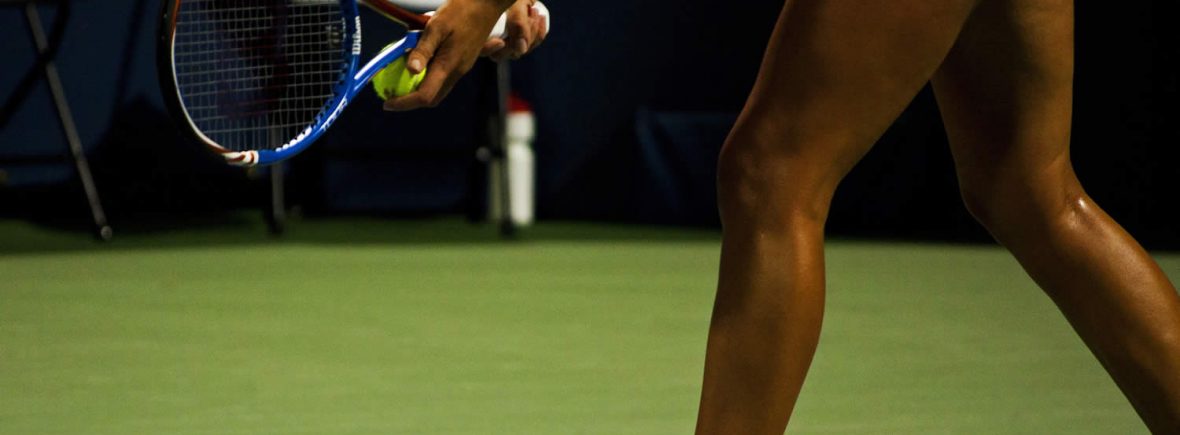Background
The meniscus is a ‘C’ shaped piece of cartilage that sits between the femur and the tibia. It has numerous roles but it is easy to think of it as a large shock-absorber that protects the knee. It cushions specifically the smooth gliding surface of the knee – the articular cartilage.
There are two menisci in the knee. One on the inside (medial side – where your knees touch one another) and one on the outer side (lateral side). In younger patients the menisci can tear due to a twisting injury during sporting activity and in older people may be a degenerate tear sustained from something trivial such as squatting down. Loss of meniscal cartilage leads to early degeneration and ‘wear and tear’ of the knee.
Symptoms and Signs
Pain in the knee tends to be localised to the side of meniscal tear. A popping or tearing sensation may be felt at the time of injury in younger athletes. The knee can swell impressively and once settled patients feel clicking or pain on certain manoeuvres such as squatting. In older patients the meniscus is a bit stiffer and so degenerate tears might occur with little or no injury being recalled. If the meniscal tears are sufficiently large then they can flip into the central part of the knee and stop it from getting fully straight. This is termed a ‘locked knee’ and needs urgent referral and surgical attention.
Treatment
Initial treatment involves first aid for the knee(link to first aid section). Physiotherapy may be recommended at this stage to aid with early rehabilitation. If you have a locked knee then you will be recommended early urgent surgery. The surgery is done via key hole surgery (arthroscopy) and the meniscus tear will be assessed as to whether it needs to be trimmed or whether it has suitability for a meniscal repair
Meniscal Repair
A repair of a meniscus is a skilled procedure that needs a knee-specialist to perform. The repair utilises keyhole techniques to stitch the meniscus back to where it has torn from. Not all tears are sadly repairable and various factors such as the type/ size of tear, age, time since tear and other structures injured help the surgeon to decide. The chance of a tear healing are in the region 70% with a higher chance of healing taking place at the same time as ACL reconstruction.
Meniscal Root Repair
This is an injury that was first described over 20 years ago and only recently has it become more recognised. The term root refers to the ends of the meniscus where they are anchored down or rooted to the bone. The bad news is once the root has gone the ability of the meniscus to absorb shock is massively reduced, particularly on the medial side of the knee. Repair of this is more involving than a routine tear and involves drilling a small tunnel from the front to the back of the knee to anchor the free flapping edge of the meniscus back down to bone. Not all root tears are amenable to repair and the decision is based on many factors such as timing since injury, age and the presence of existing wear and tear in the knee.
Meniscal RAMP Repair
The presence of a tear behind the meniscus (posterior horn) where it attaches to the lining of the back of the knee (posterior capsule) is termed a RAMP tear. We know that this significantly destabilises the knee and so repairing the lining of the knee back to the meniscus will improve outcomes and stability of the knee. Repair of this structure involves placing an extra incision (portal) towards the back of the knee so the surgeon can get access to place stitches across the tear.
